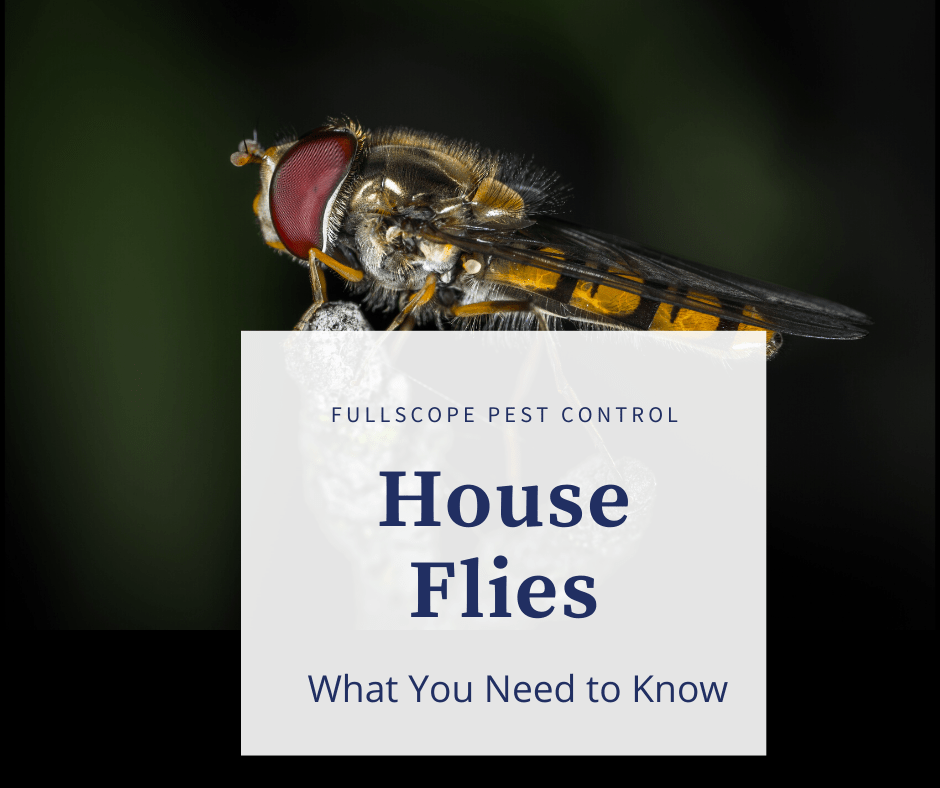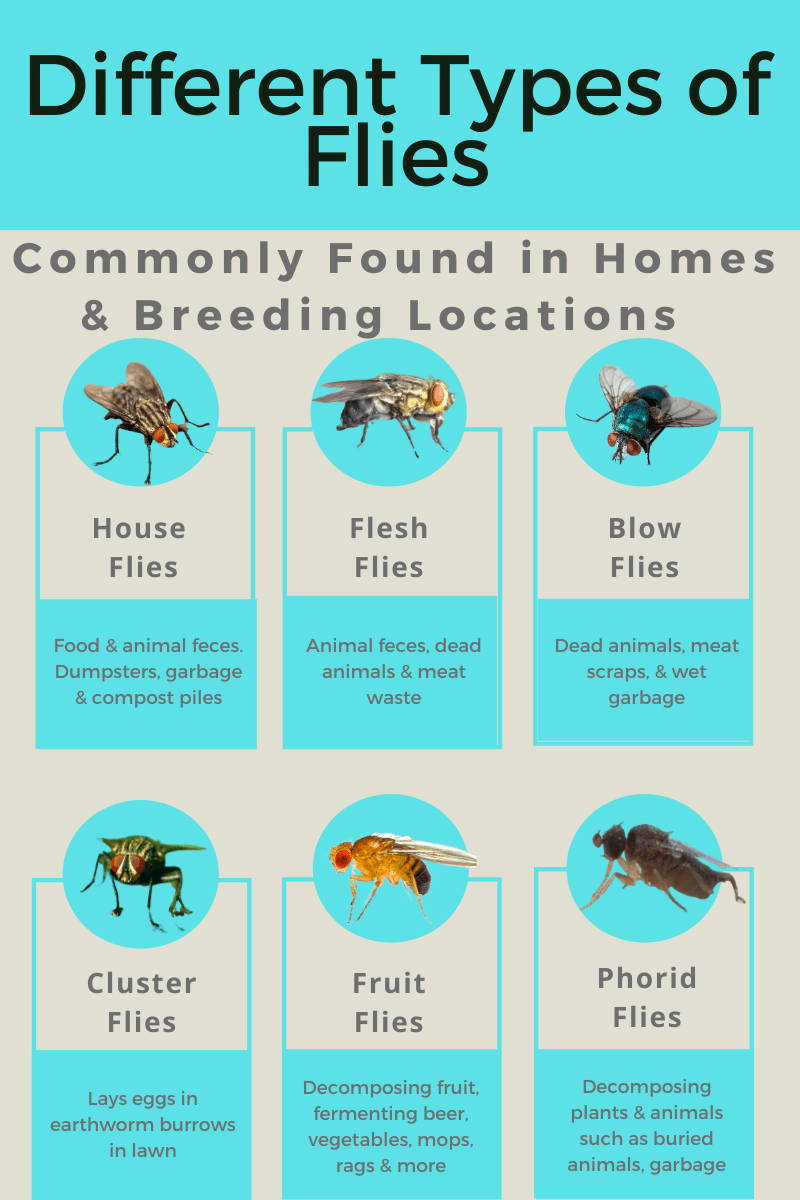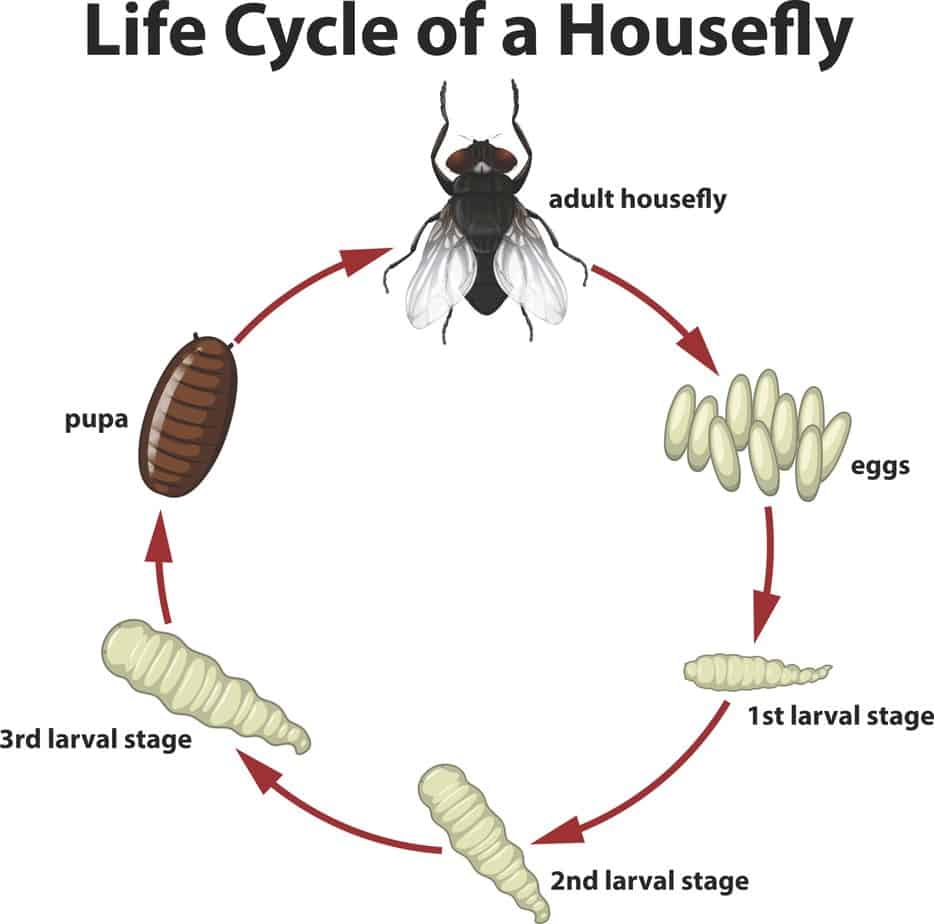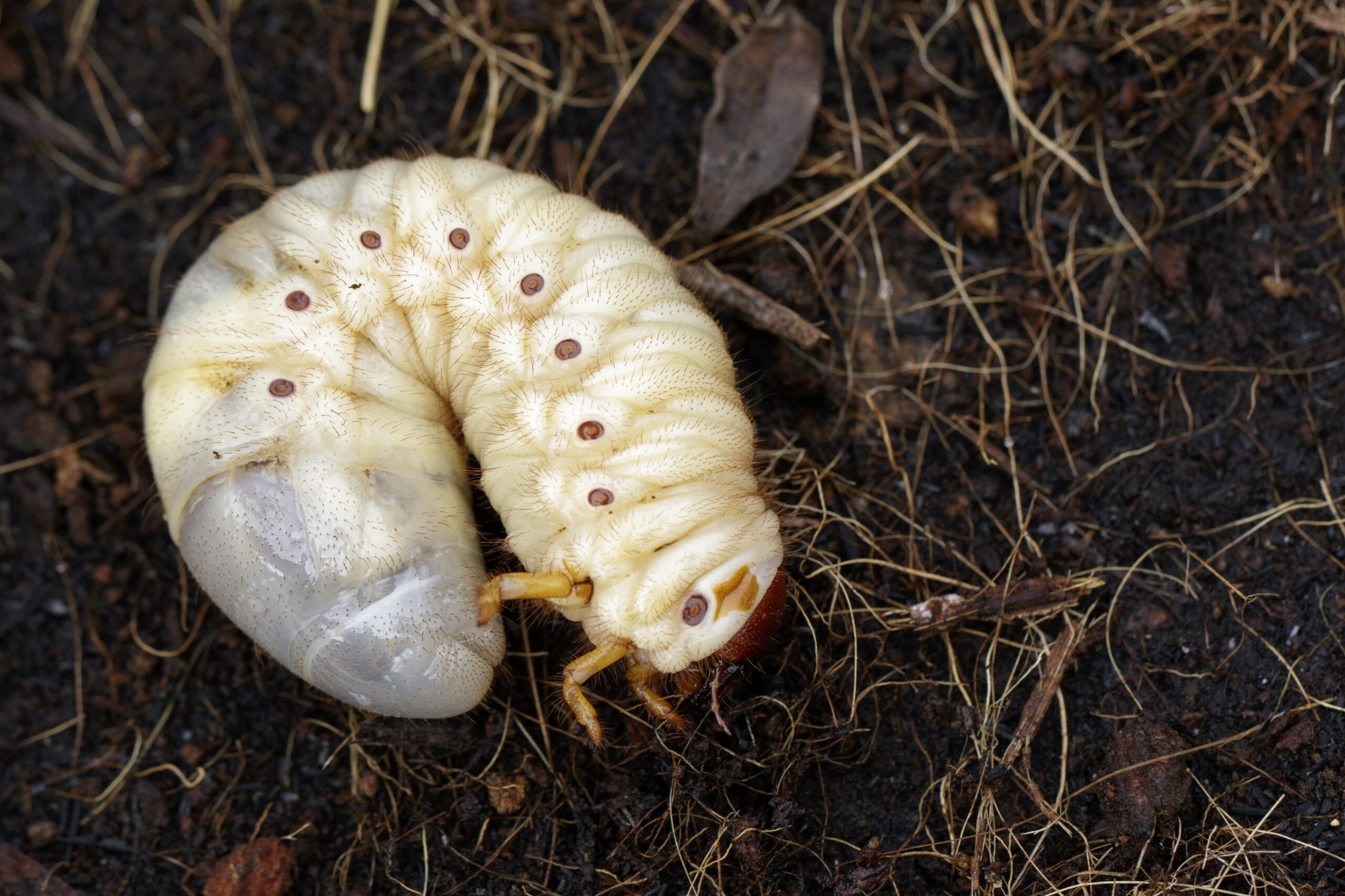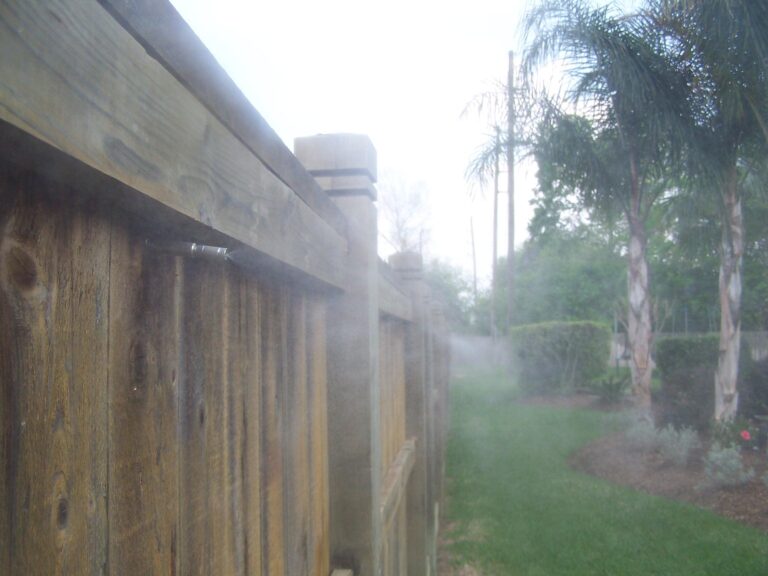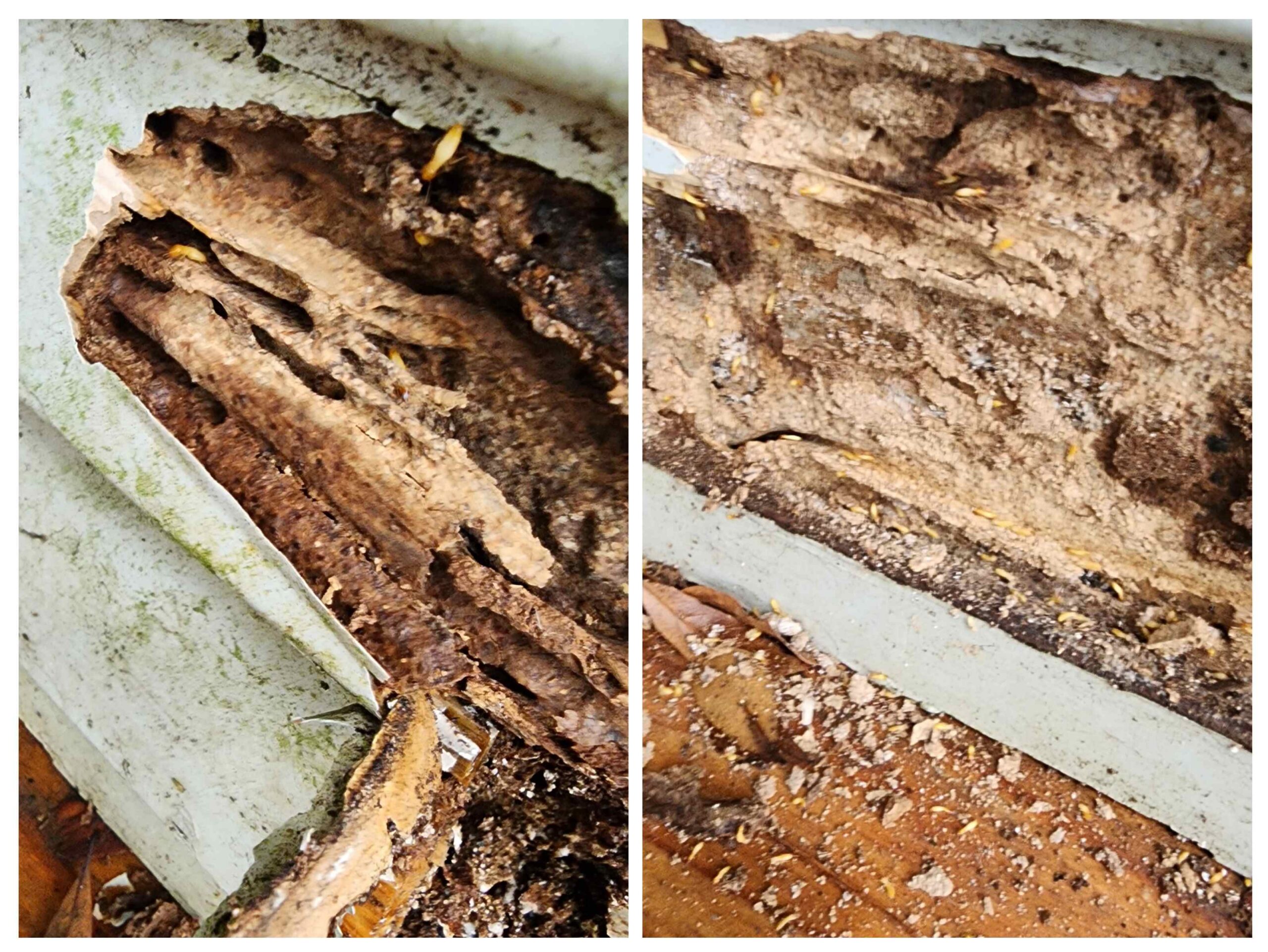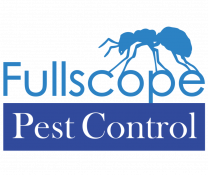House Fly Facts
So what is a house fly, well they are the most common fly and they are found in and around homes, restaurants, businesses and no one is immune. Not only annoying, but can cause potential health risk because of their ability to transmit diseases. The house fly has a very short life span, but are very effective at reproduction and so identification and control needs to be addressed quickly. Here are the facts about the house flies and why you should be concerned.
What houseflies look like?
With this, you should be able to recognize house flies.
- Size: 1/8- to 1/14 inch long
- Color: Mostly gray
- Body: Their thorax has four black stripes. A lot of houses flies have their body filled with small hairs that also act as their taste organs.
- Eyes: They have compound eyes that are extremely complex. Naturally endowed with thousands of individual lenses that give them the chance to have a great field of vision.
How Do You Get House Flies?
Their population rank top among the numerous insect that covers the earth. They are fond of the filth especially garbage, feces and even rotten food. These places serve as their breeding spots. When these places are around the house, they sneak into the house through flies are generally unwelcome. Usually, they are just a nuisance but that is still mild in comparison to the numerous diseases they can carry about. They can use it to harm but humans and pests. House flies move from one place to another a lot of bacteria, fungi, and viruses and drop these pathogens on foods and water, contaminating them.
A lot of health issues have been developed from house flies. Some of the issues include dysentery, tuberculosis, and food poisoning.s When you regularly clean the places they frequent, you might have a reduction in the way they trouble you.
Must Read :HOW TO STOP MOSQUITO BITES FROM ITCHING
How to Get Rid of House Flies:
As you know that they cause a lot of nuisance and carry several diseases about, you should follow these steps to get them off your house.
- Identify Them: Be sure to make an identification of what you are dealing with. Some people have confused several other flies with other species. The cluster fly is one of the few they are often confused as. There are several others you will encounter in certain places. Many of these flies have similar look that only a trained eye might help you see it and without that knowledge, you will only waste your time on them seeing that they have their own control methods.
- Breeding Location: The next stop is the breeding location. When you are aware of the place they breed their egg, you will be able to disperse them before they eventually infest your home. Their home is not obvious. So, you might actually find it hard to recognize it. Try the eyes of a trained person to do this for you. If you leave their breeding sites alone, you will only temporarily take them away from your home. In other words, you have to seek out their breeding spots and destroy it totally, that way you are assured of freedom from their infestation.
With a professional you can be assured of knowing about the structural issues including the torn screens or damaged weather, stripping that flies could bring to your home.
- Elimination: To eliminate them should be the next on the agenda. When you consider the situation at hand, you will discover that you need different methods for different cases. Sometimes, you might have to use a bait or traps, or even an insecticide. Most of the professionals will have all these tools handy. They can easily help you apply them correctly.
Signs Your Home is Infested
The sight of the adult flies should be enough to make you aware of their presence. When they are in the other stages, they cannot fly. So, if you see a Larvae out in the open they are only trying to pupate. You might also see the pupae around the breeding areas.
Places They Love To Be
Houseflies prefer corners. They love to play indoors and rest on the floor, walls, ceilings during the day. When outdoor, you might find them on plants, the ground, fence wires, garbage cans. Etc. They always like to rest in the night near places they can regard as sources of food. And they can around 5 to 15 feet off the ground.
Food
They have no special type of food and that is why you might find them eating the same food as human. They can also love to eat animal foods, carcasses, garbage and excrement.
Reproduction
House flies are such that lay their eggs in warm places and are of moist material. They ensure their larvae have ready-made food whenever it gets out. Their females can lay about five to six batches with each batches having about 75 to 100 eggs in them. They can hatch for 24 hours.
Recommended Read: How Long Do Flies Live
Life Span
They do not exceed a month.
Disease They Carry
House flies have the potential to carry a wide range of diseases. They can transfer any type of pathogen, causing ailment especially typhoid, tuberculosis, cholera and dysentery.
Conclusion: House flies are everywhere and reproduce in rapid numbers, they can easily gain access to your home, restaurant and are considered a filth fly and spread disease. Being vigilant about cleaning, sanitation and removing pet waste can help reduce your house fly populations. Control breeding, prevent entry and when it matters consult an expert in fly control.
Call or Text us at 832-898-0190 if you have any questions or would like to discuss house fly control and extermination.

